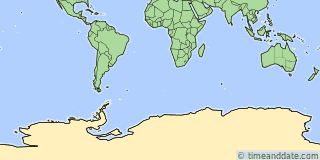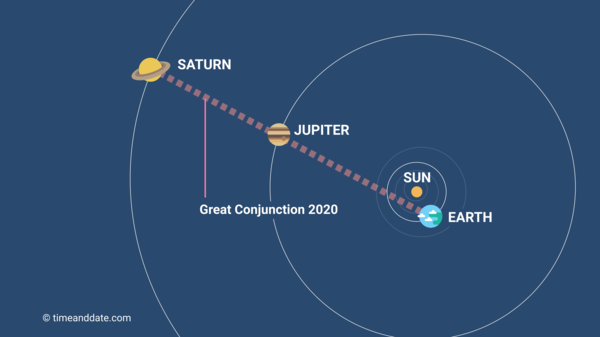| Night Time: | None |
|---|---|
| Sunset: | None |
| End of Twilight*: | None |
| Start of Twilight*: | None |
| Sunrise: | None |
⚠ 68°43'44.3"S, 90°35'57.2"W has polar day (Midnight Sun)

Coming Up in December
Nights are at their darkest in the Northern Hemisphere, and the Full Moon rides high in the sky. Meanwhile, the Southern Hemisphere enjoys long, bright evenings.
Our Interactive Night Sky Map simulates the sky above 68°43'44.3"S, 90°35'57.2"W. The Moon and planets have been enlarged slightly for clarity. On mobile devices, tap to steer the map by pointing your device at the sky. Need some help?
Tonight's Sky in 68°43'44.3"S, 90°35'57.2"W, Dec 5 – Dec 6, 2025
Mercury rise and set in 68°43'44.3"S, 90°35'57.2"W
Polar day
Mercury is up all of the polar day .
Fri, Dec 5 ↓7:56 pm
Sat, Dec 6 ↑1:03 am
Time:
Altitude: °
Direction: °
Venus rise and set in 68°43'44.3"S, 90°35'57.2"W
Polar day
Venus is up all of the polar day . Venus is visible by day, but may be hard to find.
Time:
Altitude: °
Direction: °
Jupiter rise and set in 68°43'44.3"S, 90°35'57.2"W
Polar day
Jupiter is up all of the polar day .
Sat, Dec 6 ↑1:59 am
Sat, Dec 6 ↓3:31 am
Time:
Altitude: °
Direction: °
Planets Visible in 68°43'44.3"S, 90°35'57.2"W
| Planetrise/Planetset, Sat, Dec 6, 2025 | ||||
|---|---|---|---|---|
| Planet | Rise | Set | Meridian | Comment |
| Mercury | Sat 1:03 am | Sat 8:03 pm | Sat 10:31 am | Extremely difficult to see |
| Venus | Up all day | Fri 11:20 am | Extremely difficult to see | |
| Mars | Down all day | Fri 12:31 pm | Not visible | |
| Jupiter | Sat 1:59 am | Sat 3:31 am | Sat 2:45 am | Extremely difficult to see |
| Saturn | Fri 12:00 noon | Sat 1:35 am | Fri 6:48 pm | Not visible |
| Uranus | Fri 9:00 pm | Sat 12:35 am | Fri 10:48 pm | Not visible |
| Neptune | Fri 12:41 pm | Sat 1:22 am | Fri 7:01 pm | Not visible |








